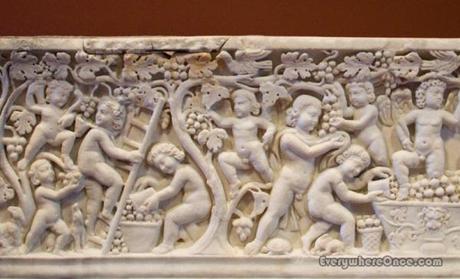
The Getty Center, Los Angeles, CA
L.A. museums get a bum wrap. While researching things to do there, I noticed message board commenters often recommended that out-of-towners take in the city’s museums before immediately adding a caveat. Almost by way of apology, it seemed, they would note that the museums were worth a visit “but” weren’t as impressive as those in other cities like New York.
While it’s true that many museums fall short in a head-to-head with New York’s legendary Metropolitan Museum of Art, Los Angeles has plenty to offer art lovers. Here are three museums well worth a visit…on their own merit. And in addition to impressive artwork, both the Getty Villa and the Getty Center have an added bonus that Manhattan museums do not: Pacific Ocean views.
Los Angeles County Museum of Art
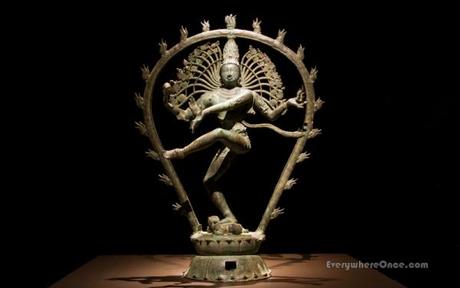
The Hindu God Shiva as Nataraja, the Lord of Dance, c. 900, LACMA
The much-hyped outdoor sculpture Levitating Rock isn’t nearly as interesting as what’s inside the Los Angeles County Museum of Art. The largest art museum in the western U.S., the LACMA is home to 100,000 objects dating from ancient times to the present.

Pavilion for Japanese Art, LACMA
Particularly impressive is the collection of South and Southeast Asian Art, which ranges from a sixteenth-century painting that once hung in a Tibetan monastery to a bejeweled dagger wielded during India’s Mughal empire. Another highlight is the unusual and elegant Pavilion for Japanese Art. The multi-story gallery is explored via a spiral walkway that winds past colorful, hand-painted scrolls and other decorative objects.
The Getty Center
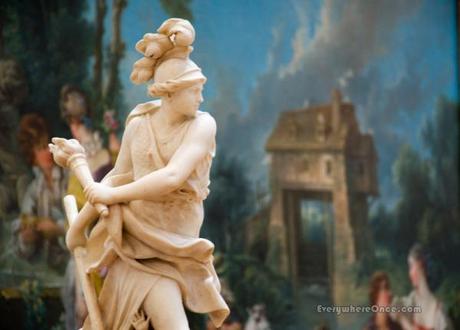
A marble statue of Minerva, the goddess of wisdom and war, stands near François Boucher’s painting The Fountain of Love
After reading Yxta Maya Murray’s novel The Conquest, the Getty Center in Los Angeles was added to my list of must-see sites. Murray describes the museum’s hilltop location overlooking the city, the tram visitors ride to reach the summit, and some of its treasures—like Edvard Munch’s Starry Night, a tranquil, vastly different work than his famous painting The Scream.
The Getty touts that it has free admission, and it’s true there is no cost if you arrive on foot or via public transportation and therefore avoid the $15 parking fee. Visiting the museum is a two-part experience, perusing the collection of pre-20th century European paintings, sculpture and decorative arts and also strolling the grounds. The sleek-looking architecture is intended to harmonize with the surroundings. The beige-hued Italian travertine used to construct the buildings, fountains and plazas reflects the warm afternoon sunlight, while the design of the 100-acre complex incorporates framed panoramic vistas like this one:
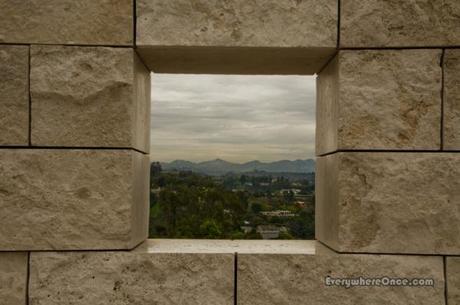
Getty Villa
Even the swimming pool is adorned with sculpture at the Getty Villa in Malibu. Oil tycoon J. Paul Getty financed the construction of the abode—styled after an ancient Roman country house—to showcase his collection of Greek and Roman antiquities. (Parking: $15; advance timed tickets required.)
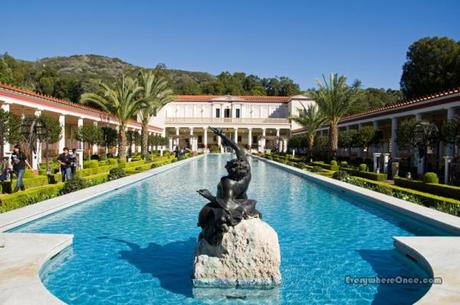
Colorful history lessons sometimes come with the art. Among the items on permanent view is a sarcophagus circa A.D. 290-300 that depicts a celebration of a grape harvest. It’s displayed in a room with other wine-related objects and an explanation of the role of wine in ancient times.
Offered to deities and lauded for its curative properties, wine, declared the Greek poet Panyassis, “is the gods’ best gift to mortals…. It drains all the troubles from men’s hearts.” Although too much merriment was frowned upon. It was considered barbaric to drink wine that wasn’t mixed with water. Diluting it lessened the possibility that the wine god Dionysus (and Bacchus, his Roman counterpart) would encourage rage and folly.
